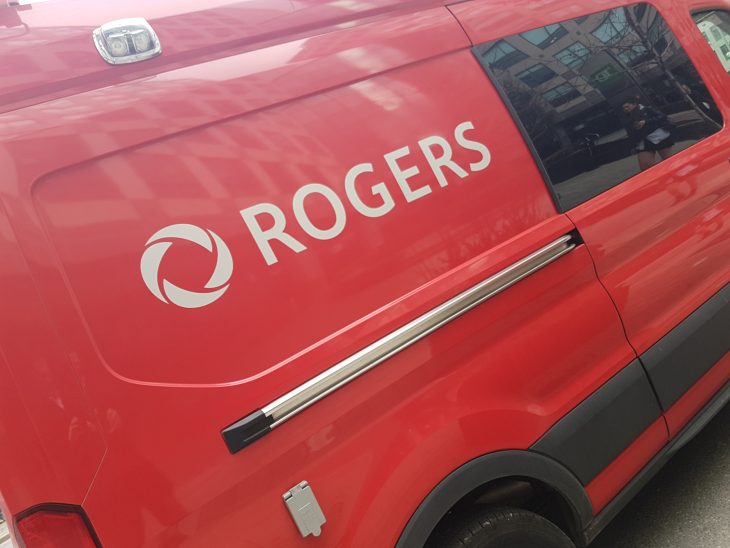
TORONTO – Rogers Communications has 26,000 employees and about one third of those are front line staffers who deal with the customer all day, every day.
In his first 13 weeks on the job, CEO Joe Natale told Cartt.ca in an interview Thursday after the release of the company’s strong Q2 results that he has spent much time in call centres, stores and in trucks learning about the company and its customers from those whose direct job it is to keep the Rogers Wireless, broadband, cable, and security customers happy, and paying.
Why?
“They have all the answers, they know what needs to be done,” he said.
The challenge for Natale now is to truly convince the two-thirds, the more than 17,000 Rogers employees who don’t have daily dealings with the Canadians who essentially pay their salaries of that very same thing – and to shift the entire culture at Rogers so that everyone in legal, marketing, finance, and others in the myriad groups who don’t face customers daily of the very same thing.
It’s the front liners who can and will identify opportunities – or who will first recognize problems with a new wireless promotion, or broadband marketing campaign or channel package. “They’re often dealing with a lot of things that happened upstream. If you look at what’s driving their inability to actually do the right thing for the customer, often it’s something that happened in the product area, the marketing, the promotion we created, the rate plan we launched, the understanding of that, etcetera,” said Natale.
“So, a big part of (the culture change) is having the other two-thirds of the organization really tune in to how what they do every day has an impact on our ability to serve the customer – and to make it a very important focus in almost anything that we do.
“We always ask the question: ‘Great idea, how does it impact the customer’?” – Joe Natale, CEO
“We make sure it’s present in every major discussion. I lead by example and (CFO) Tony (Staffieri) leads by example and we always ask the question (when given a new technical or marketing proposal) ‘great idea, how does it impact the customer’?”
It also means that every Monday morning Natale sends every customer issue escalation he sees to “hundreds” of senior managers and executives, featuring one specific issue each week – and then asks them to carry that featured topic through to their own staff meetings. “That way they start the week with a conversation around the customer and how they can help solve one of the problems which have come to light in the last bit,” he added.
Natale wants to eliminate additional customer pain points, such as when a customer moves, a time “with a lot of stress in the household,” he notes. “The last thing they want to worry about is the fact their cable provider isn’t there when they’re supposed to be there or that he hasn’t really thought through what needs to be done… We want to create an environment where one of the great joys is the Rogers technician and how they supported the family in the move. That’s a moment of truth.”
Rogers under Natale will also overhaul how it recruits and trains people and will oblige the two-thirds to take part in its internal “customer experience lab” – a program where those in regulatory, finance and so on, answer phones in a call centre, work in a retail store or ride along with a technician.
“There’s nothing more humbling than walking in the shoes of our front line representatives,” he added.
This, it’s worth noting, is a different way of going about improving customer metrics inside Big Red than how the former CEO did it. For what it’s worth, the senior folks at Rogers are getting tired of we in the media comparing former CEO Guy Laurence to new CEO Natale, but we can’t resist here.
When Laurence was hired on, he (and others) recognized Rogers’ customer service problems. But while Laurence was far more brash, saying things like “Our service sucks,” lines that made many of the one-third bristle because of the pride they take in their work, Natale is taking a different, more inclusive tone with his customer service push, challenging the organization to get better without telling anyone (at least publicly) that they stink.



